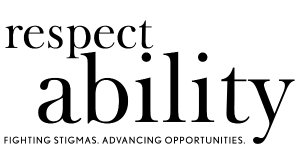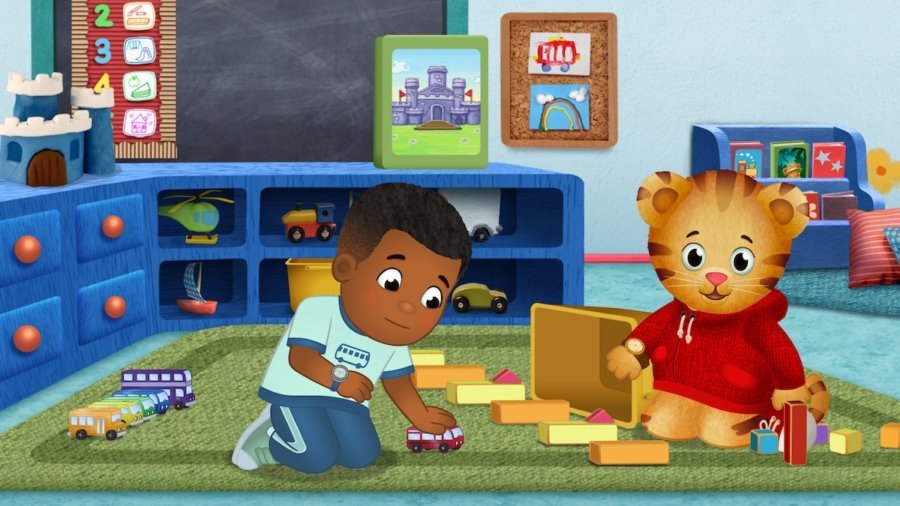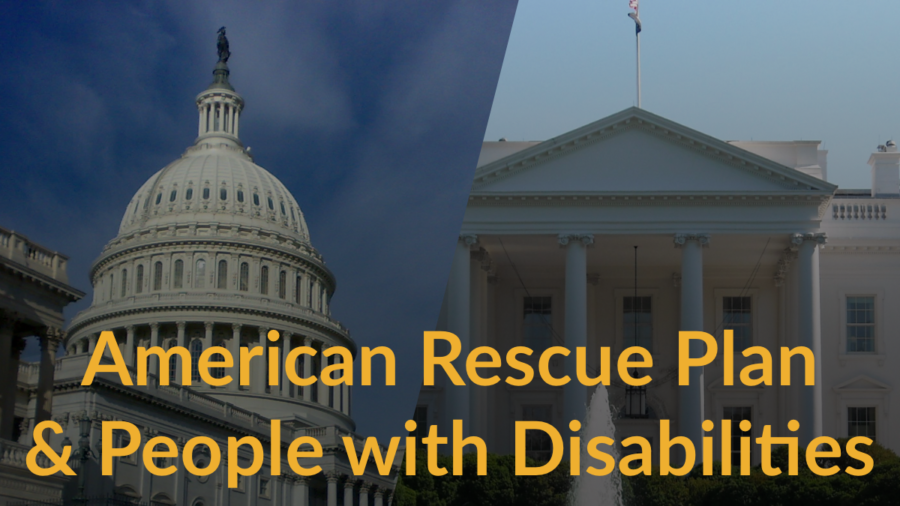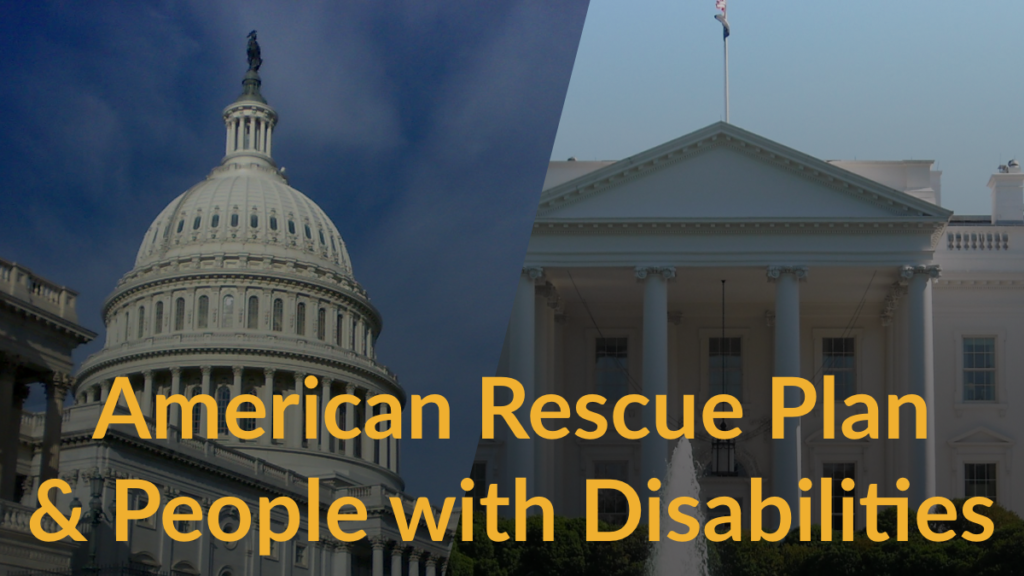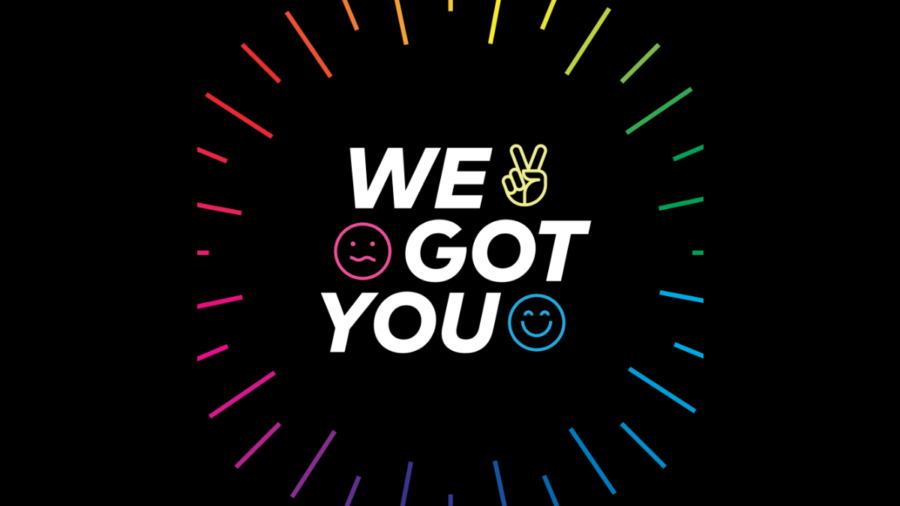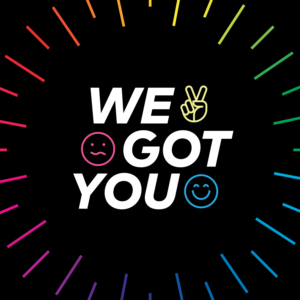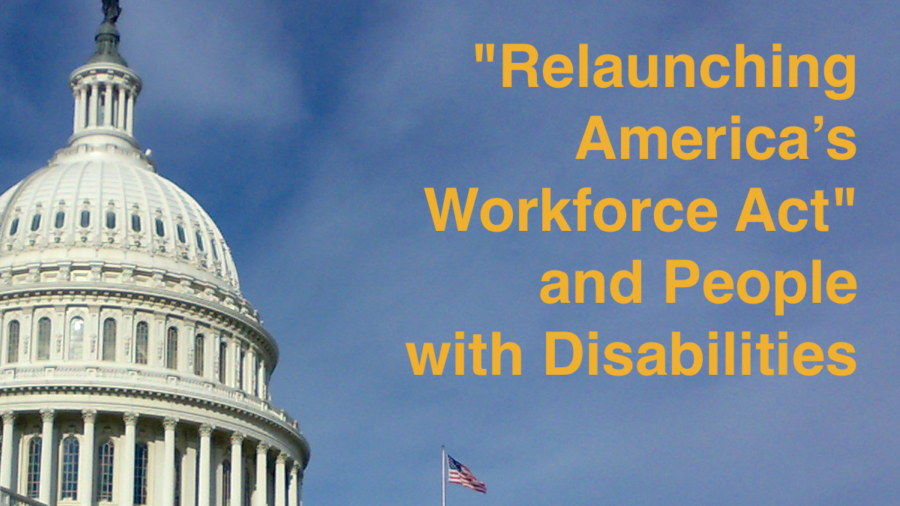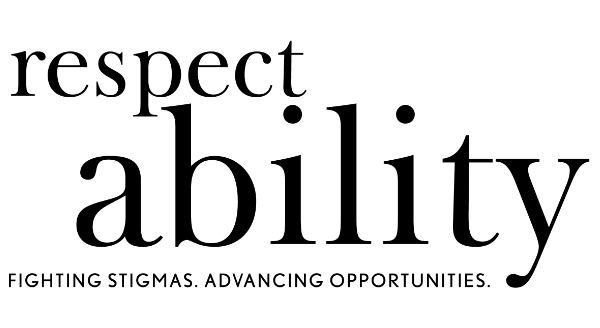To support employee retention, many employers offer programs and services to all employees, whether they have a disability or not. Employees with and without disabilities should take advantage of these opportunities to optimize work-life balance and to be of greater service to the community. Examples include flexible telework policies, health and wellness programs,[1] commuter benefits programs,[2] corporate matching of donations to nonprofit organizations,[3] and allowing time away from the office to volunteer in their communities.[4]
Considering that the cost of onboarding new employees within the private sector averaged $4,129 in 2019, it’s most definitely in employers’ best interest to retain the qualified employees they hire. If employees with disabilities are not reasonably accommodated, replacing them would lead to even greater associated costs by needing to train replacements. But by making sure to optimize workplace inclusion of people with all types of disabilities, they can ensure successful inclusion of the talents and abilities which this often untapped resource represents. This continues to be true even during the COVID-19 pandemic.
Most job-related accommodations are not expensive. In fact, 58% of accommodations have no cost[5] to the employer with the rest costing $500 on average.[6] For employers, job accommodations may reduce insurance costs, increase the pool of qualified employees, be as simple as rearranging equipment, and increase opportunities for people with functional limitations.[7] Added benefits to the employer include “retaining valuable employees, improving productivity and morale, reducing workers’ compensation and training costs, and improving company diversity.”[8] An effective strategy for helping to remove attitudinal barriers to employment can be found through Employer Assistance and Resource Network on Disability Inclusion (EARN).
For federal employees with disabilities, three aspects of reasonable accommodation are important to note:
- Compliance with Section 255 of the Telecommunications Act: In 1996, Section 255 of the Telecommunications Act was signed into law requiring telecommunications products and services to be accessible to people with disabilities. Related provisions pertain to telecommunications equipment and customer-premises equipment.[9] The Architectural and Transportation Barriers Compliance Board (“Access Board”) has issued related guidelines that apply to the federal government.
- Compliance with Section 508 of the Rehabilitation Act: In 1998, the Assistive Technology Act was signed into law, amending the Rehabilitation Act of 1973 to require all federal government electronic and information technology to be accessible to people with disabilities, including federal government employees and members of the public. This applies to development, procurement, maintenance, and use of that technology. The General Services Administration offers several free resources to provide guidance on Section 508 compliance. Relating to web accessibility, the Access Board has also issued information through its Information and Communication Technology Revised 508 Standards and 255 Guidelines. At the time of this resource document’s issuance, these standards incorporate by reference WCAG 2.0 but not 2.1.
- Assistive Technology: The Computer/Electronic Accommodations Program (CAP) at the U.S. Department of Defense (DoD) conducts assessments, provides information and referrals in determining the appropriate assistive technology and related devices to purchase by DoD. CAP offers many types of assistive technology and accommodation solutions to meet the needs of employees with disabilities. Some other federal agencies have their own centralized reasonable accommodations programs.
For those working in office environments that use the Microsoft suite of programs under what is called “Office 365,” the company has established a robust central resource that highlights accessibility features that support people with vision, hearing, neurodiversity, learning, mobility, and mental health disabilities. Microsoft also has established a YouTube channel specifically dedicated to sharing the latest Microsoft-developed and sponsored resources, meetings, and events supporting the disability community. Specific programs covered include Access, Excel, OneNote, Outlook, PowerPoint, Publisher, Skype for Business, Teams, and Word.[10] All of these resources are free and available to the public, thereby making accessibility within reach for everyone.
[1] SHRM provides a guide on establishing and designing a wellness program. See “How to Establish and Design a Wellness Program,” https://www.shrm.org/resourcesandtools/tools-and-samples/how-to-guides/pages/wellness-program.aspx. See also “Workplace Health Model,” Centers for Disease Control, U.S. Department of Health and Human Services, https://www.cdc.gov/workplacehealthpromotion/model/index.html. Also see “People’s Piece – The 2005 Surgeon General’s Call to Action to Improve the Health and Wellness of Persons with Disabilities,” Office of the Surgeon General, U.S. Department of Health and Human Services, https://www.cdc.gov/ncbddd/disabilityandhealth/pdf/whatitmeanstoyou508.pdf.
[2] Established under the Moving Ahead for Progress in the 21st Century Act, “pre-tax transit benefits” sometimes also referred to as “pre-tax commuter benefits” allow employees to use pre-tax salary towards their transit and vanpool commuting costs. For further information about how much can be used, how it saves money, the difference between them and subsidies, how to take advantage of the program, and how employers participate, see “Pre-Tax Commuter Benefit Frequently Asked Questions,” Commuting Solutions, https://commutingsolutions.org/wp-content/uploads/Pre-tax-benefit-FAQ-sheet1.pdf.
[3] For information about the percentage of companies offering corporate matching programs; the matching gifts programs’ typical rate, cost, and benefits; and how to design a best-in-class corporate giving program, see “8 Corporate Matching Gift Program Questions (and Answers!),” Double the Donation, https://doublethedonation.com/tips/matching-gift-program-questions/#services.
[4] See note above.
[5] Examples of no-cost reasonable accommodations for employees with disabilities include adjustments to lighting or change in seating assignment for people with light sensitivity, adjustments to the desk height if a person uses a wheelchair that will not fit under a desk, and arrangements for an adjusted work schedule for people who need time off for doctor’s appointments. See “Money Mondays: The (Low and No) Cost of Reasonable Accommodations,” Social Security Administration, https://choosework.ssa.gov/blog/2017-07-10-mm-the-low-and-no-cost-of-reasonable-accommodations. Another example is sharing a useful app for people who are blind or visually impaired that assists them in gaining access to visual information in a manner not otherwise practical or possible. This includes Be My Eyes (which is volunteer-driven) and Aira (which provides limited support for free but greater support, based on the number of minutes needed).
[6] “Benefits and costs of accommodation,” Job Accommodation Network, https://askjan.org/topics/costs.cfm#intro.
[7] Id.
[8] Id.
[9] Examples include telephones, cell phones, routers, set-top boxes, and computers with modems, interconnected Voice over Internet Protocol products, and software integral to the operation of telecommunications function of such equipment.
[10] See “MSFTEnable,” YouTube, https://youtube.com/user/MSFTEnable
